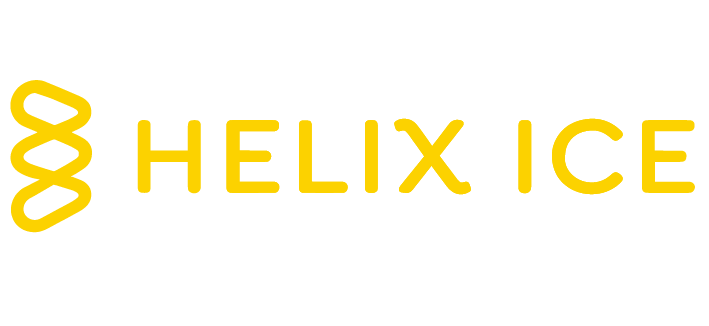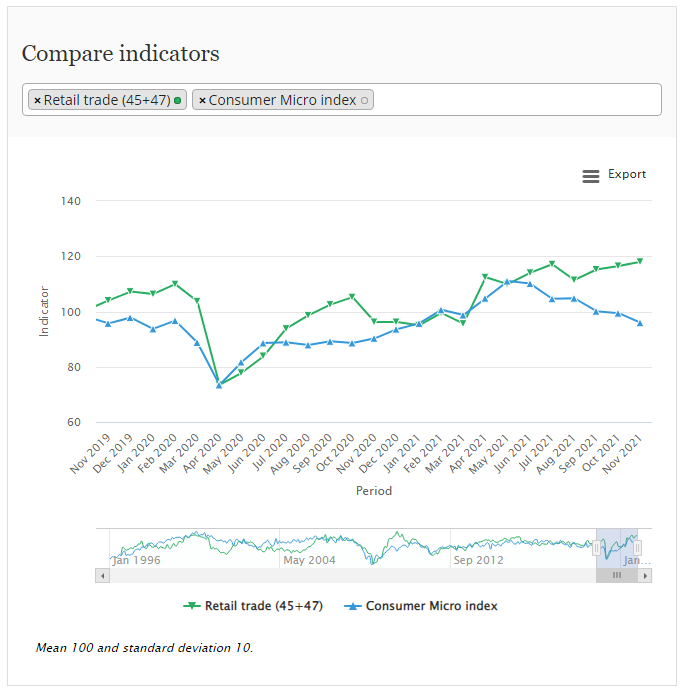Nordic Market Overview, half year report H2 2022
2022-11-24
Market overview:
We continue to share knowledge regarding the Nordic NPL market and are glad to see that our insights are appreciated among both investors and sellers.
It has continued to be an interesting market to make business in as we have sellers looking for better prices than available on their NPL portfolios but at the moment the purchaser side is the one in a better position. This as a lot of Bank & Finance volumes are out on the market and the sellers don’t really get the price levels they expect or need. Perfect time to invest!
Since the last Market Overview, our summer edition, we have had several interesting dialogues with both new investors and service companies looking into the Nordic market and curious to know more about the current market conditions and potential deals to be made. We are happy to assist in such dialogues and have had success so far in the investment structures that launched.
When it comes to collection on the purchased debts in the Nordics, we noticed that both voluntary payments and legal collection have challenges due to the fact that the debtors have smaller margins as everyone else due to the increasing inflation rate. But we also see really good effects from extra activities and campaigns and on a long-term perspective we are still comfortable with the collection forecasts.
Please feel free to contact us for more dialogues and opportunities around the Nordic NPL market.
/COO, Johan Gustafsson



